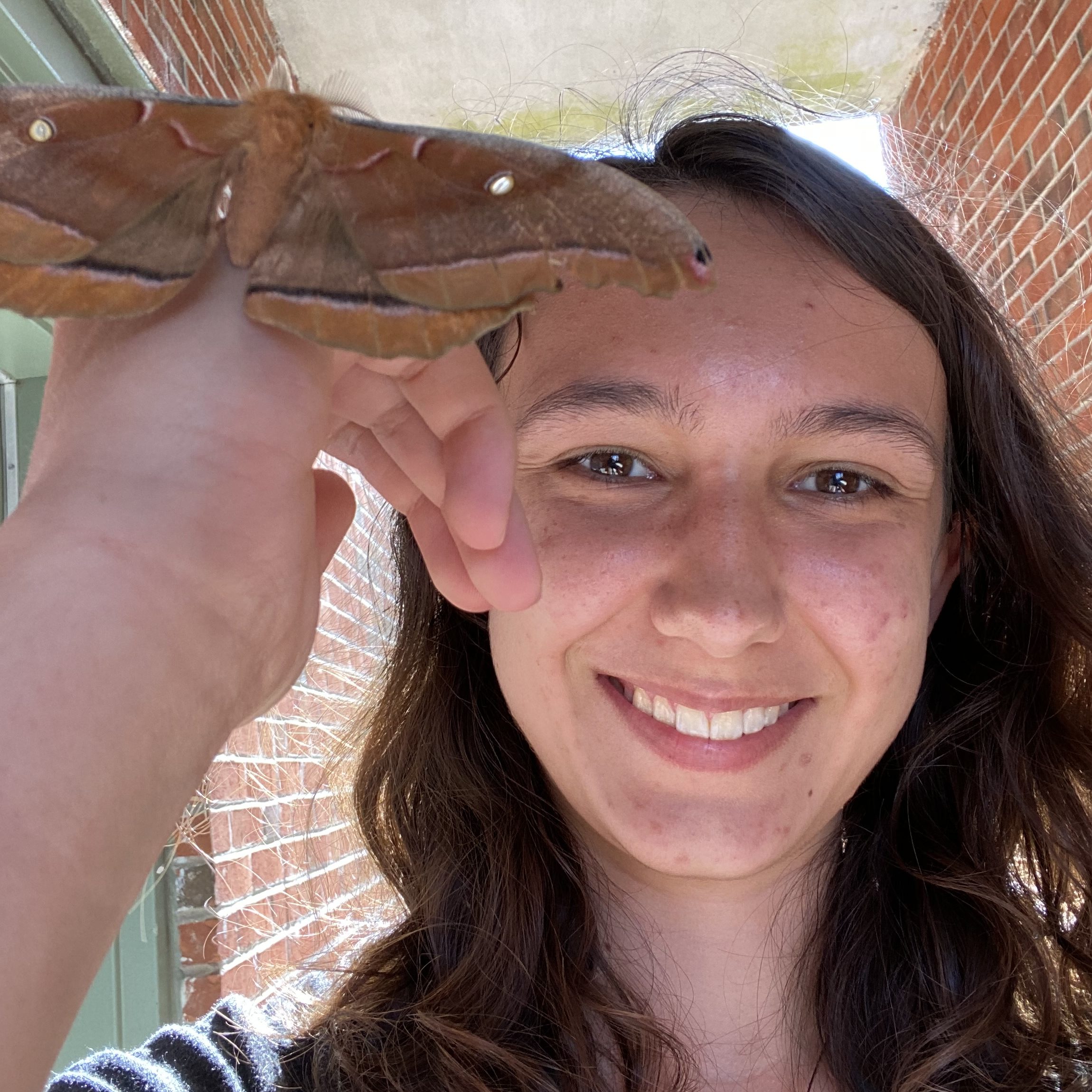
I’ve never really been bothered by flies. They don’t bite. They don’t sting. They don’t suck blood. In fact, whenever a fly gets in my house it always looks a little flustered, like it knows it’s not supposed to be there: “oh sorry, pardon me for the intrusion, I’ll be going now – oh! That, that’s a window, let me just – oof! Nope, that’s the same window, so sorry, I’ll be out of here soon… erm, could you maybe just show me to the door?”
Despite the pleasantries, however, flies remain largely unwelcome houseguests. They’re known for spreading disease and eating literal garbage, and as if the contents of their meals weren’t enough they don’t have the best table manners either. These buzzing insects literally throw up stomach acid onto their food before eating so they can slurp it up rather than go through the tedious effort of chewing. Not that they could chew anyways, seeing as they have proboscises like butterflies rather than mandibles.
Surprisingly, the similarities between flies and their apparently butter-loving brethren don’t stop there – both insects are capable of tasting their food with their feet, which is why you often see flies walking around on your sandwiches and fries before helping themselves to the feast.
And animal dung, you see lots of flies just strolling around on animal dung. The mind of this common insect is quite enigmatic.
Amazingly enough, fly feet can do more than just walk and taste: the two wide, hairy pads on each foot secrete a substance akin to glue that helps the insect stick to almost any surface it lands on, which is how flies are able to walk around on walls and ceilings. Besides having wacky feet, fly superpowers also include being able to see all around themselves at once with the many ocelli that form their compound eyes (which you probably knew) and an insane reaction time of 20 milliseconds (which you probably didn’t).
Rapid reaction time combined with relatively slow speed makes house flies evasive but catchable insects whenever one wanders into your house. I’ve found that the easiest way to catch a fly is by trapping it in a cup against a windowpane, but since flies obviously aren’t the cleanest animals to put in your drinking cups, I like to keep a plastic capsule from those toy vending machines on my desk to use instead. However, if you don’t have one of those capsules and don’t want to dirty your cups, it’s not too difficult to catch a fly in your bare hands as long as you plan on sanitizing afterward. Flies can be downright filthy.
Returning to butterflies and their ironic indifference towards butter, I can’t help but think once again about the strange ways we’ve named our arthropod friends, especially the downright silly ways we name flies and their fellow dipterans. Butterflies and dragonflies get “fly” in their name with very little physical similarities to true flies, but gnats, which are literally in the same order (Diptera) as flies and physically resemble flies much more than the aforementioned insects, aren’t labeled flies. It’s amusingly strange. They really missed the opportunity to give mosquitoes (also dipterans) a great fly name, too: their name does literally mean “little fly” in Spanish, but they could’ve been blood flies, straw flies, vampire flies, evil flies… the possibilities are endless. Way to drop the ball, arthropod-naming people.
A commonly misstated fact is that house flies only live for a day. While flies do have short lifespans, they can actually live up to a month if not longer. These peculiar insects also beat their wings much faster than one would assume at about 200 beats per second, but they’re no dragonflies – true flies are pretty slow and don’t tend to travel very far by wing. The longest fly flight ever recorded was about 20 miles, but most flies are homebodies and may only travel up to 7 miles total over the course of their lifetime.
A big factor as to why flies stay in relatively the same place all the time is that the humans they live near provide their every need. The combined resources of our indoor and outdoor garbage cans, fertilizer in our gardens and the dog poop on our lawns creates a fly paradise – in fact, flies are rarely found in areas unoccupied by people. We may not be so fond of flies all the time, but they certainly love us.
For all their nasty habits, maybe flies got lucky that we just call them “flies.” Their choice in food could’ve labeled them “garbage flies” or, disturbingly, “dung flies.” Their distaste for chewing could’ve dubbed them “barf flies.” One species didn’t get so lucky and is actually called the filth fly, so I think they would accept generic fly term just fine.
But who ever said we should just leave arthropod names the way they are just because they work? If we’d stopped at roly poly, we never would’ve acknowledged mulch lobsters for what they truly are. I say if it ain’t broke, bedazzle it.
I present to you: bumble flies. You’ve got to admit “bumble” fits an insect that bumps into windows on a regular basis a lot better than a graceful bee just trying to pollinate clovers.
I’ll say it again: you’re welcome, world. This amateur taxonomist is solving all the problems you probably didn’t realize were there in the first place.

2 responses to “Flies: Our Misunderstood and Very Permanent Houseguests”
Way to bedazzle!! I love it!!….but still not bumble flies😃
LikeLiked by 1 person
😂 thanks!! I’ll win you over eventually 👍🏼😜
LikeLike